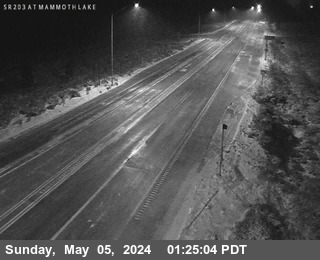Brought to you by Howard Sheckter
Breezy Weather with above normal temps to continue into the weekend….Possible pattern change middle of next week
Thursday April 8, 2021
It’s that time of the year again. Breezy afternoon and evenings are likely to continue for some time as we remain sandwiched between a subtropical ridge and trofing to our north. The upper jet is split too with the northern branch sending short wave trofs into the pacific NW and northern Rockies. Each one of these systems increase the gradient. Height rises this weekend will serve to increase our temperatures. Highs that have been running 57 to 58 degrees will bump to the Low 60s, Saturday into Monday. Lows at night of late have been in the 30s due to nighttime light to moderate wind. It may cool a bit Saturday AM into the upper 20 as winds will diminish a bit.
The Main features affecting our current weather is being fed by a Polar Vortex along the north coast of AK. This Negative tilt extension is bumping up against a subtropical ridge at 18000 feet. (500MB) The result is above normal temps and wind in the high country.
Over the next 7 days, this PV resets south of the Bering Sea and the result is a positive tilt ridge into Western Canada. The return flow over that ridge may dig a trof into the Great Basin toward the middle of next week. That pattern would bring cooling, wind and the chance of some light snow. Now, the NWS is going with persistence through mid week next week, as there are not enough ensemble members to challenge the sensible weather pattern we currently have.
Looking at the MJO phase space, it shows a robust MJO moving into phase 7. This suggests that our exceptionally warm weather may not last beyond early next week. It also suggests in its composites, this time of the year, precipitation over Northern CA later next week. So, odds for a change in the pattern is being supported by the MJO for at least cooling out west.
As many have heard, we are expecting an increase in drought conditions out west. However, the ECMWF climate model shows a more normal Monsoon Season in July and especially August. This typically does not help CA, but may bring some relief to AZ and the rest of the Desert SW.
Above normal temperatures are expected July and August and high temperatures may hit 90 degrees at least one day in Mammoth this Summer, about mid-July. With more normal or even an enhanced monsoon, comes the possibly of more thunderstorms. The Peak of Thunderstorm season in Mammoth is late July and early August.




